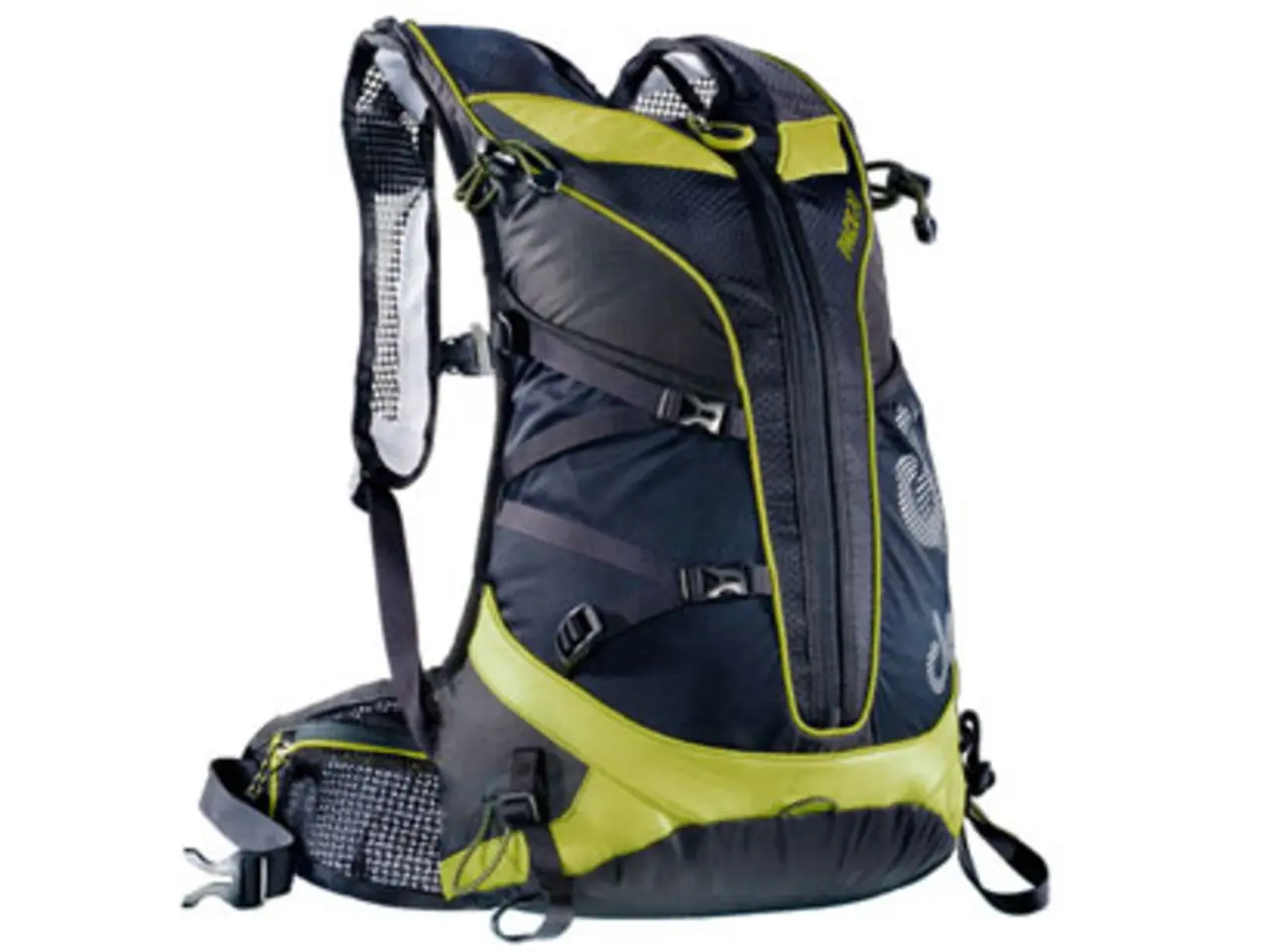Strategies for Secure Public Use of MacBook: Essential Tips for Optimal Security
In today's digital age, ensuring the security of your MacBook, especially when using it in public spaces, is paramount. Here are some essential steps to help safeguard your device from potential threats.
Firstly, be vigilant about where you leave your MacBook. Avoid leaving it unattended, particularly in crowded areas, to reduce the risk of theft.
Regularly updating your software is crucial for maintaining your MacBook's security. Updates include the latest security patches and vulnerability fixes, ensuring your device remains protected against newly discovered threats and exploits.
When it comes to tracking your MacBook, enabling Find My Mac through iCloud settings is a valuable tool. If your device is lost or stolen, you can remotely lock it and erase sensitive data.
Working in public spaces can expose sensitive business information. Configuring security settings on your MacBook, such as setting your device to require a password upon waking from sleep mode, can help keep this information secure.
When connecting to Wi-Fi, be cautious of public networks. While your smartphone's hotspot can be a safer alternative, if you must use public Wi-Fi, always activate your VPN to encrypt your internet connection.
Positioning your MacBook in a visible location and using a laptop lock for added security are also recommended practices.
In terms of system settings, enabling the macOS Firewall and FileVault can help block unauthorized connections and secure your data, even if the device is lost or stolen.
Setting a strong login password and enabling two-factor authentication for your Apple ID, iCloud, and related email accounts can prevent unauthorized access.
Installing apps only from the App Store or verified developers can minimize malware risks.
The latest macOS versions automatically use private Wi-Fi addresses, which rotate to prevent tracking and reduce exposure on public networks. You can check and manage this in System Settings > Wi-Fi > Network Details.
For enhanced security, especially if you suspect targeted threats, turn on macOS Lockdown Mode in System Settings > Privacy & Security > Lockdown Mode. This restricts some device functionalities to minimize attack surfaces.
Lastly, regularly managing user accounts and sensitive files, such as rotating user accounts, keeping sensitive files out of shared or public folders, and restricting access only to administrators or active users, can further strengthen your MacBook's security.
Remember to remove public Wi-Fi networks from your Mac after use to avoid automatic reconnection and potential attack vectors.
By following these best practices and tools, you offer layered protection against common risks in public environments such as malware, tracking, data interception, and unauthorized access. Stay safe and secure!
Data-and-cloud-computing technologies can enhance the security of your MacBook by using VPNs to encrypt your internet connection when using public Wi-Fi, and by using cloud-based tools like Find My Mac to help locate and secure your device if it's lost or stolen. Employing technology such as macOS Firewall and FileVault also helps secure your data and block unauthorized connections.




